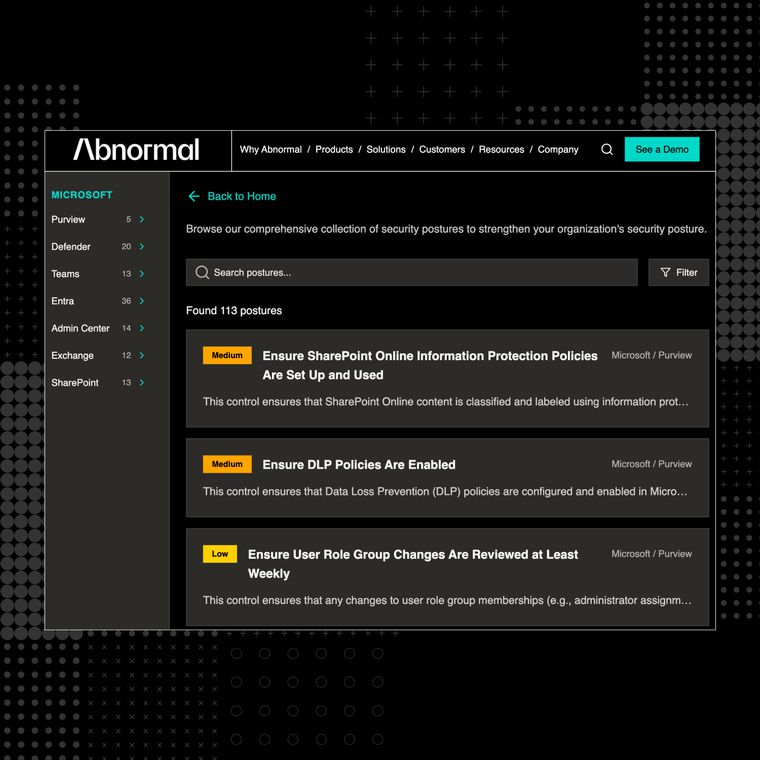The Most Common Types of Phishing Attacks and Their Impact
Discover the most common types of phishing attacks and their impacts. Learn how cybercriminals exploit deception to compromise security and steal sensitive information.
March 3, 2025

Phishing attacks continue to be one of the most effective cyber threats, leveraging deception and social engineering to manipulate individuals and organizations. In fact, phishing accounts for 15% of all data breaches, with an average cost of $4.88 million, according to IBM's 2024 Cost of a Data Breach Report. These attacks often appear legitimate, making them difficult to detect and highly damaging. Here, we explore various types of phishing attacks and how they compromise your organization's security.
1. Email Phishing
Email phishing is the most prevalent form of phishing attack, where cybercriminals send fraudulent emails that appear to come from reputable sources. These emails often contain malicious links, fake login pages, or harmful attachments designed to steal credentials or deploy malware. Attackers frequently use urgency, fear, or enticing offers to trick recipients into taking action. Businesses and individuals are commonly targeted through emails that mimic banks, tech companies, and government agencies.
2. Smishing (SMS Phishing)
Smishing is a phishing attack conducted through text messages. Attackers impersonate financial institutions, package delivery services, or even social media platforms, urging victims to click a link or respond with sensitive information. Since text messages often feel more personal and urgent, users may be more likely to fall for these scams. Smishing can lead to stolen credentials, fraudulent transactions, or malware installation on mobile devices.
3. Vishing (Voice Phishing)
Vishing involves fraudulent phone calls where scammers impersonate legitimate entities such as banks, tax agencies, or customer support representatives. These attackers use psychological manipulation, such as creating a sense of urgency or fear, to convince victims to reveal confidential information. A common example includes tech support scams, where fraudsters claim that the victim’s device has been compromised and request remote access to "fix" the issue, ultimately gaining control over the device or stealing financial details.
4. Quishing (QR Code Phishing)
Quishing is a relatively new phishing tactic that exploits QR codes to direct users to malicious websites. Cybercriminals place deceptive QR codes in emails, posters, or even digital ads, tricking users into scanning them with their mobile devices. Once scanned, these codes may lead to fake login pages designed to steal credentials or initiate malware downloads. The rise of QR codes in contactless transactions and digital payments has contributed to the increasing use of this attack method.
5. Spear Phishing
Unlike generic phishing attacks, spear phishing is highly targeted and tailored to a specific individual or organization. Attackers gather personal information from social media, company websites, and other public sources to craft convincing messages. These messages often impersonate a trusted colleague, vendor, or executive and aim to steal credentials, request wire transfers, or deploy malware. Since the emails appear highly credible, even security-conscious individuals may fall for them.
6. Whaling (CEO Fraud)
Whaling is a specialized form of spear phishing that targets high-ranking executives, such as CEOs, CFOs, and senior managers. These attacks often involve carefully crafted emails that appear to come from another executive or a trusted business partner requesting sensitive information or urgent financial transactions. Whaling attacks can result in significant financial losses and reputational damage, as cybercriminals use the authority of executives to manipulate employees into complying with fraudulent requests.
The Growing Threat of Phishing
As phishing techniques evolve, attackers continue to find new ways to exploit human vulnerabilities. Whether through email, text messages, phone calls, or QR codes, phishing remains one of the most effective and dangerous cyber threats. Traditional security measures often fall short in detecting these sophisticated attacks, making AI-driven security solutions essential in identifying anomalies and preventing breaches.
By harnessing the power of AI threat detection to analyze behavior, Abnormal Security effectively identifies and blocks even the most advanced phishing attempts—keeping organizations protected against ever-evolving cyber threats.
To learn more about how Abnormal can enhance your phishing defenses, schedule a demo today!
Related Posts
Get the Latest Email Security Insights
Subscribe to our newsletter to receive updates on the latest attacks and new trends in the email threat landscape.


